Student Interest In Astronomy And Other Subjects: Research And Practical Experience
Parallel Session
4th Shaw-IAU Workshop on Astronomy for Education
Session timeblocks
Tuesday Nov. 15, 2022
UTC: 4:30 p.m. -
6 p.m.
Thursday Nov. 17, 2022
repeated:
UTC: 10 a.m. -
11:30 a.m.
This session focused first on students’ mental models in astronomy. General methodology to characterize those models will be discussed as well as their evolution through specific pedagogical designs. A particular focus is made on cognitive thinking and mental models about spatial thinking, relativity principle, and referential frame. Then, astronomy is considered a more global “gateway” to science, focusing on interdisciplinarity and methodology of investigation. The gender issue in science is also discussed in the specific context of astronomy. Interestingly enough, the studies presented in this session include different scales, from a case study with one class to an international comparison, with qualitative and quantitative analysis.
Schedule
-
Thinking about the Stars - Mental models in Astronomy
Tuesday Nov. 15, 2022
UTC: 4:30 p.m. - 4:50 p.m.Thursday Nov. 17, 2022
UTC: 10 a.m. - 10:20 a.m.Knowing students' mental models is an important step in teaching science. There are many pre-conceptions that students bring to the classroom and that determine their way of thinking about the world. In this talk, several prominent mental models in astronomy held by students are presented, as well as how researchers go about obtaining them. Additionally, a common process of mental model development is discussed using the example of black holes.

Malte Ubben
For more information about this talk click here
-
Preschool-age Children’s Use of Spatial Thinking When Making Sense of Astronomical Phenomena
Tuesday Nov. 15, 2022
UTC: 4:50 p.m. - 5 p.m.Thursday Nov. 17, 2022
UTC: 10:20 a.m. - 10:30 a.m.Engaging children in spatial thinking predicts future success and participation in science. This study investigates how early childhood astronomy programs engage preschool-age children in spatial thinking. We use a qualitative framework to analyze observable behaviors, called spatial sensemaking practices, and infer the children’s cognitive processes, called spatial skills. Results suggest children most often engage with Extrinsic-Static spatial skills, which involves comparing the properties of static objects. Also, all of the identified spatial sensemaking practices helped facilitate multiple spatial skills, suggesting behaviors can engage children in various cognitive processes. Finally, each program facilitated spatial skills in only one to two of the 4 broad spatial skill categories.
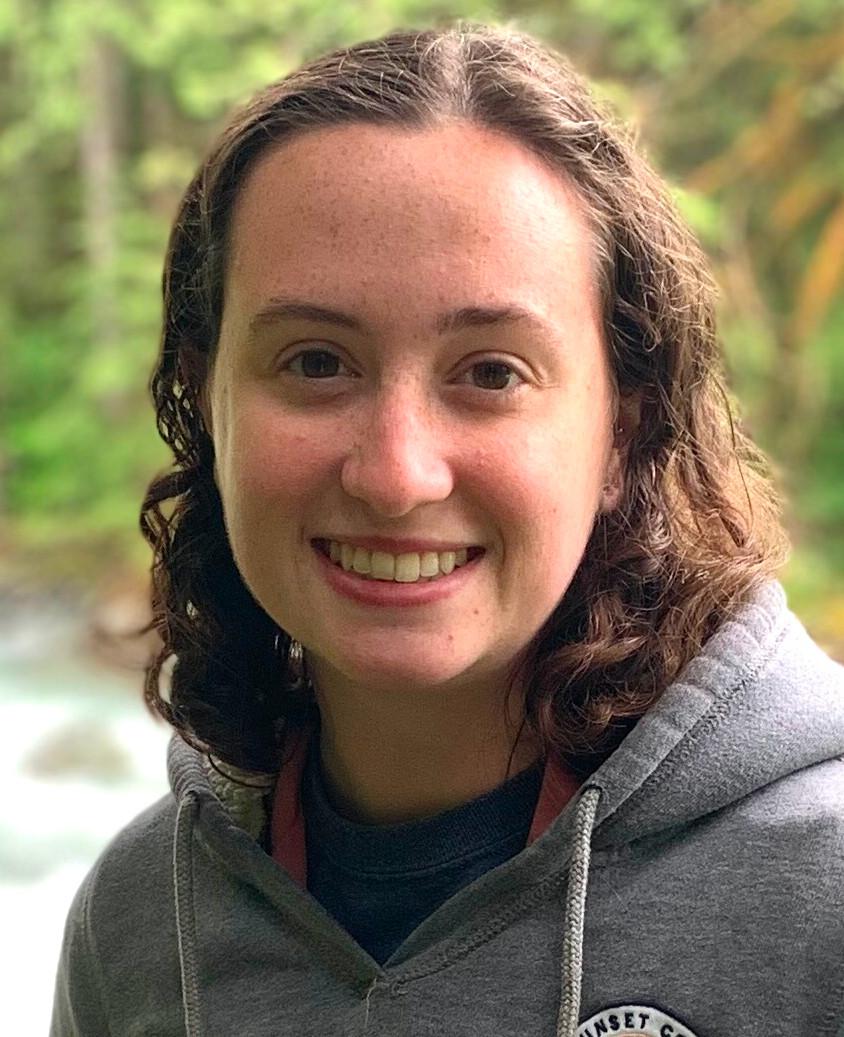
Hannah Lewis (Department of Astronomy, Wesleyan University)
Coauthors: Julia Plummer (Pennsylvania State University)
For more information about this talk click here
-
Discussion Panel: Student interest in astronomy and other subjects: research and practical experience
Tuesday Nov. 15, 2022UTC: 4:50 p.m. - 5 p.m.
Thursday Nov. 17, 2022
UTC: 10:20 a.m. - 10:30 a.m.Chair:

Merryn Cole
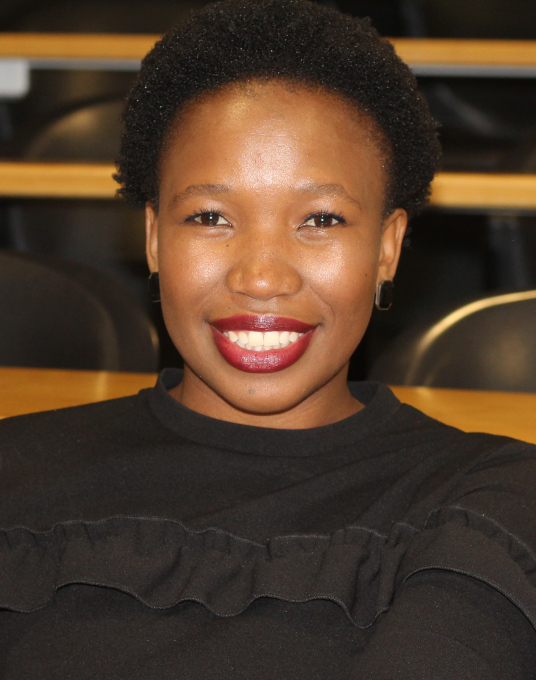
Tshiamiso Makwela
Panel: Estelle Blanquet
(University of Bordeaux), Patrícia Figueiró Spinelli
(Museum of Astronomy and Related Sciences - Science Communication and Education Department), Christine Hirst Bernhardt
(University of California, Santa Barbara; Endeavor STEM Teaching Project), Hu Zhenhuan
(Teacher of Shenzhen 2nd Experimental School,Guangdong,China), Hannah Lewis
(Department of Astronomy, Wesleyan University), Emmanuel Rollinde
(LDAR/CYU), Malte Ubben -
How astronomy helps primary teachers and secondary students understand the relativity principle
Tuesday Nov. 15, 2022
UTC: 5 p.m. - 5:10 p.m.Thursday Nov. 17, 2022
UTC: 10:30 a.m. - 10:40 a.m.In an astronomical context, we explore the teaching of Galilean motion principles observed in different reference frames. A first short-term experiment (two sessions of 2 hours) was conducted with grade 10 students in a French high school using a Human Orrery to enact movements of planets and the Sun. Results from pre and post-test proved a significant and positive evolution in the long term. A second one-year-long experiment has shown, through regular interviews, the resistance of preservice primary teachers to accept the equivalence of geocentric and heliocentric frames. In both cases, the context of astronomy proved to be efficient in forcing the emergence of a new conceptual scheme.
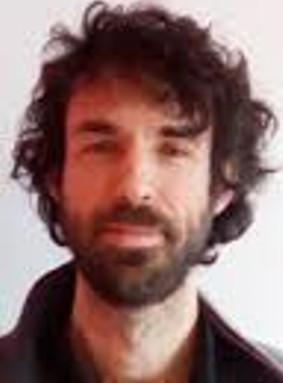
Emmanuel Rollinde (LDAR/CYU)
For more information about this talk click here
-
The Sun just can't revolve around us: paradigmatic pressure and strong emotional responses
Tuesday Nov. 15, 2022
UTC: 5:10 p.m. - 5:20 p.m.Thursday Nov. 17, 2022
UTC: 10:40 a.m. - 10:50 a.m.We have shown in previous studies that the difficulty of accepting the concept of relativity of motion whenever it contradicts the Copernican interpretation ("the Earth revolves around the Sun and not vice versa") is widely shared both by students and by their teachers and even by someprofessional physicists. We have therefore developed fiction-based sequences to facilitate the overcoming of this obstacle by primary and secondary school students and by their teachers. We present here a qualitative (n=16) and a quantitative (n=120) study conducted with pre-service teachers, probing the strong emotions felt during the investigation process and highlighting their reluctance to accept the current relativisticparadigm in the context of Earth/Sun movements.
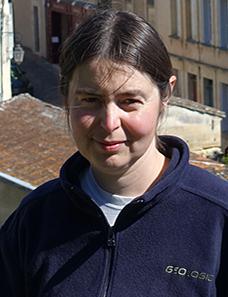
Estelle Blanquet (INSPE de Bordeaux, LACES, University of Bordeaux, France)
For more information about this talk click here
-
The practice and research of astronomy mini exploratory research in Shenzhen 2nd Experimental School
Tuesday Nov. 15, 2022
UTC: 5:20 p.m. - 5:30 p.m.Thursday Nov. 17, 2022
UTC: 10:50 a.m. - 11 a.m."Supported by the Shenzhen Education Bureau, Shenzhen No.2 Experimental School has carried out a series of Students’ Astronomy Mini Exploratory Research, such as “how high is the lunar crater” ,”solar prominence and solar cycle” etc. Mini exploratory research refers to the interdisciplinary research-based learning project carried out by students in the subject field or the real life situation. Students try to solve problems through investigation, experiment, observation, analysis, discussion and practice. Unlike professional research, it does not focus on putting forward new theories, but guides and encourages students to conduct in-depth learning in the way of scientific research, Stimulate their exploration interest ,enhance their team cooperation ability and innovation consciousness."
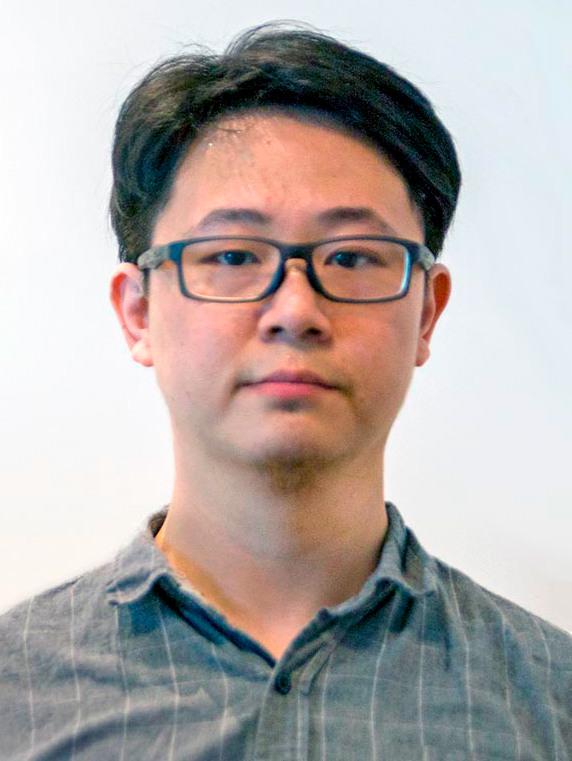
Hu Zhenhuan (Teacher of Shenzhen 2nd Experimental School,Guangdong,China)
For more information about this talk click here
-
Girls in Astronomy - Pursuing gender equity in basic science education
Tuesday Nov. 15, 2022
UTC: 5:30 p.m. - 5:40 p.m.Thursday Nov. 17, 2022
UTC: 11 a.m. - 11:10 a.m.Science is a powerful institution for development, but as with any other human endeavor, it is subject to the social constraints of society, reproducing values and practices of dominant groups. The underrepresentation of women in STEM is one example of such practice. But how can we attract more girls if they keep being discouraged from STEM carriers from a very young age? In this contribution, we will revisit some gender issues in basic science education and share the lessons learned from Girls in the Museum of Astronomy project. The initiative works with the topics of Light Pollution in Science Clubs of primary schools relating it with local environmental issues with the ultimate goal of promoting science capital through astronomy.
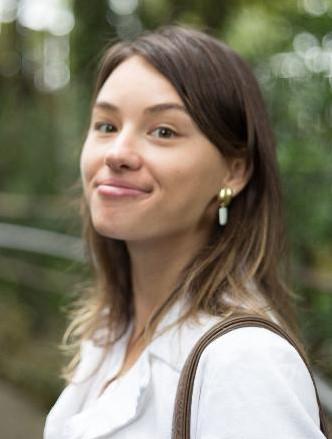
Patrícia Figueiró Spinelli (Museum of Astronomy and Related Sciences - Science Communication and Education Department)
Coauthors: Alanna Dahan Martins (Museum of Astronomy and Related Science), Alejandra Irina Eismann (Museum of Astronomy and Related Sciences), Caroline Montezi Chamusca (Museum of Astronomy and Related Sciences), Josina Nascimento (National Observatory), Cláudia Sá Rego Matos (Museum of Astronomy and Related Sciences)
For more information about this talk click here
-
Space for All: Preliminary Results of an International Study on Astronomy Education
Tuesday Nov. 15, 2022
UTC: 5:40 p.m. - 5:50 p.m.Thursday Nov. 17, 2022
UTC: 11:10 a.m. - 11:20 a.m.This talk will provide preliminary insights from the 2022 study which included many NAEC teams. Methods include survey and interviews to discover the methods of learning and teaching in primary and secondary classrooms. Data informed comparisons and case studies of international astronomy education efforts in community and formal education. This and the ongoing work Salimpour and Fitzgerald can provide multinational curricular and pedagogical examples of leveraging astronomy as a “gateway” and inform interdisciplinary approaches to teaching science.
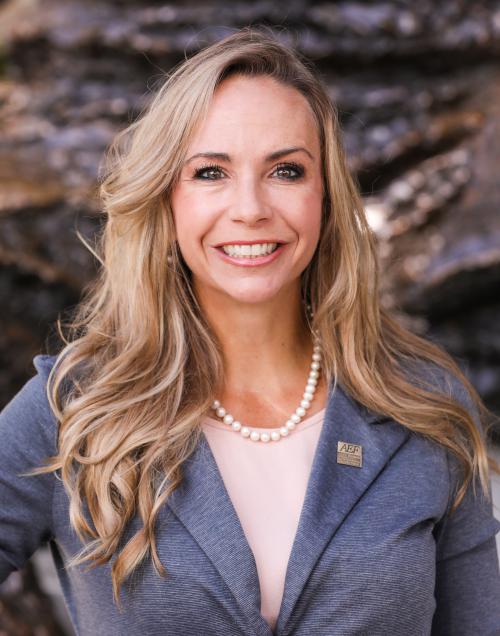
Christine Hirst Bernhardt (University of California, Santa Barbara; Endeavor STEM Teaching Project)
Coauthors: Janelle Bailey (Temple University)
For more information about this talk click here
Posters
-
A hands-on project for high school students to explore the colorful stars
Guimei Liu (Shanghai Astronomical Observatory, CAS), Li Chen (Shanghai Astronomical Observatory, CAS), Wenwen Zuo (Shanghai Astronomical Observatory, CAS)
The Astronomy Educational Base of Shanghai Astronomical Observatory (SHAO) was established in 2016, through collaboration with high schools in Shanghai metropolis, providing a platform for high school students to practice astronomical investigations. With the advantages of rich astronomical resources in SHAO, various projects have been developed to help high school students understand frontier astronomical achievements and the ways researchers conduct their work. In our practice program of probing star colors, we attempt to deepen students' understanding of the star colors in terms of photometric measurements and the stellar interior properties, cultivate their ability of information retrieval, and also enhance their public lecturing and report writing ability.
-
Astronomy Study and volunteer service
Liu Yang (Affiliated High School of Peking University), Li Xuedan (Niulanshan First Secondary School)
In 2014, the Student Astronomy Club of the Affiliated High School of Peking University began to systematically organize students of all grades to carry out volunteer services in the Beijing Planetarium. In this process, the school's astronomy teacher cooperated with the exhibition and education team of the Beijing Planetarium, and with the help of the professional interpretation team, the astronomy education and volunteer services were creatively integrated. In the past five years, more than 70 volunteers have been trained to explain the popular science of astronomy, and 4 of them entered the university to continue their studies in astronomy or physics. Many other graduates also continued to participate in the volunteer service of astronomy explanations during their university studies.
-
City and learning: TripulanteXXI, Astronomy route in the city
Mónica Martínez Borrayo (Maestría en Gestión y Desarrollo Cultural, Universidad de Guadalajara / Secretaría de Cultura Jaliscoe), Durruty Jesús de Alba Martínez (Técnico Académico, Instituto de Astronomía y Meteorología/ CUCEI, Universidad de Guadalajara.)
The introduction of young people to science and astronomy has had a greater impact through experimental experiences in spaces outside the classroom and linked to common life within their territory and culture. Researching the development of astronomical science in Guadalajara in the 19th century allowed us to propose a route that includes sites with distinctive elements such as the Wind Rose that marks the location of the foundation of the city, sundials, murals (such as El time and hours) and the site where the Transit of Venus was observed in 1882, as examples that promote the ability to reflect and experience processes of knowledge in learning astronomy and culture, as a first approach to cultural scientific values of his city.
-
Kottamia Observatory: A Lighthouse for Astronomy Enthusiasts
Ola Ali (National research Institute of Astronomy and Geophysics), Mohamed F. Aboushelib (National research Institute of Astronomy and Geophysics)
The National Research Institute of Astronomy and Geophysics (NRIAG), and its observatory "Kottamia Astronomical Observatory" (KAO) have been leading the astronomical research in Egypt. Besides scientific research, NRIAG offers training courses to teachers, pupils, and university students, alongside field trips for astronomy enthusiasts. Almost every week, KAO welcomes arranged visits from the public of different ages and backgrounds. Visitors get to learn about astronomy, KAO’s 74-inch telescope, and how it works, also they get to enjoy the clear sky and observe different celestial objects by naked-eye and through small telescopes. We offer special programs for pupils to incorporate their experience with what they learn at school and to expand their frontiers.
-
Overcoming the Hurdles in imparting Astronomy Education in Schools
Vaibhav Trivedi (Fergusson College (Autonomous), Pune), Suresh Parekh (Savitribai Phule Pune University)
Here, we discussed our research and answers to the astronomy education issues that students face. We visited a school and conducted a teaching experiment there. We first presented astronomy in a standard manner. Later we presented the same ideas using working models, and exhibits and using less mathematical content. When we executed the identical assessment on students, we saw that their analytical abilities to comprehend the problems had greatly improved. The students quickly achieved the much-needed visualization skills compared to a standard way of teaching. The same kids now have no trouble solving astronomy-related mathematical problems that they previously had difficulty with. We visited many schools and got the same results. These methods enhanced their learning process.
-
Sending seeds in a stratospheric balloon as a motivator in sciences to basic education students
Marcos Rincon Voelzke (Cruzeiro do Sul University), Amauri José da Luz Pereira (Cruzeiro do Sul University)
The proposed experiments were the measurement of environmental parameters of flight, such as temperature, pressure and ultraviolet incidence in the stratosphere. Data acquisition took place from an Arduino interface, configured by high school students. Elementary school students selected the most suitable seeds to board the flight, envisioning their future cultivation on Mars, with the aim of releasing oxygen into the Martian atmosphere. The seeds chosen were those of the Japanese Kiri, because this is the tree that releases more oxygen into the atmosphere and its seeds easily adapt to different types of soil and environmental conditions. For the purposes of a future comparative study, the seeds were divided into 2 groups, with half of them flown in the stratospheric balloon and half not.




